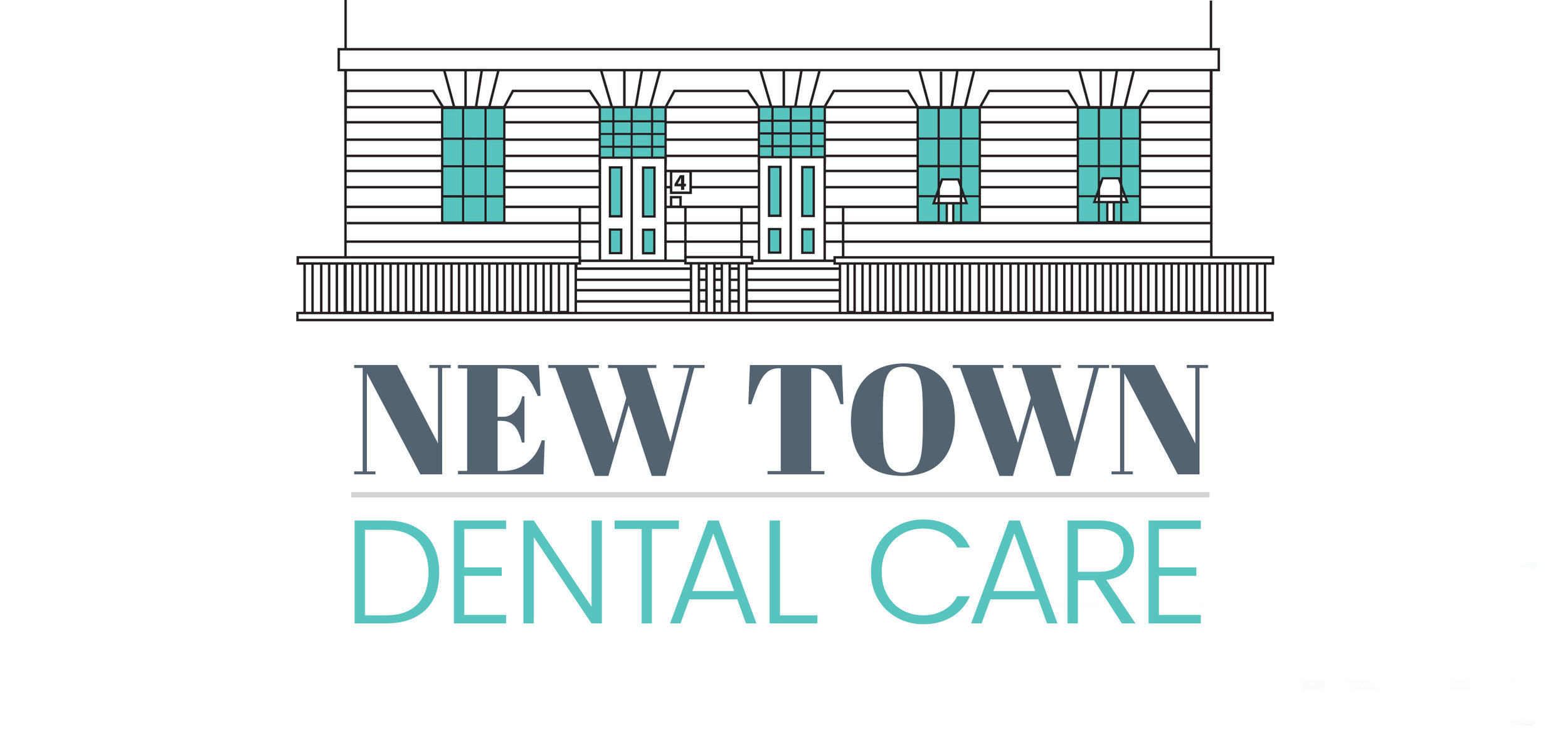How to brush your teeth properly
Brushing our teeth is something that’s part of our daily routine. We’ve been doing it for years and it has become like second nature… but are we doing it right?
For something so simple, it can be easy to get it wrong. Use our handy checklist, created by our Edinburgh dentists at New Town Dental Care, to make sure you’re brushing your teeth properly and leaving your mouth sparkling clean!
1. Choose the right toothbrush
Firstly, you should choose a toothbrush that suits you. We’d recommend an electric toothbrush for a more powerful clean, but manual toothbrushes can also be great if used properly. Choose a toothbrush that’s a good shape and size for your mouth, and bristles with the correct hardness for your teeth.
A toothbrush should be comfortable to use, and this will encourage you to use it more too! If you’re not sure what kind is best for you, pop in to see our Edinburgh dentists and they’ll recommend one for you.
2. Two times for two minutes
Always remember the “two for two” rule when brushing your teeth. You should brush them twice a day for two minutes. We find it’s easiest to brush your teeth first thing in the morning and before you go to bed at night, that way it can become part of your daily routine and you’ll never forget to do it.
Not brushing for long enough is something many of us do. Why not set a timer on your phone, or brush for the duration of a song on the radio, to make sure you’re brushing your teeth for at least two minutes?
3. Use a fluoride toothpaste
There are hundreds of different toothpastes on the market, and the one you choose is largely down to personal taste. Use one that you like the taste of so you’re not tempted to skip brushing your teeth. Just make sure your toothpaste contains the right amount of fluoride - you should look for at least 1,350 parts per million fluoride.
4. Brush thoroughly
Don’t just do a quick scrub of your front teeth before you head out the door. Spend your two minutes thoroughly brushing each and every tooth. Make sure you reach the backs and sides of the teeth, as well as the front. Don’t forget to brush the tops of your teeth - the chewing surfaces - too.
5. Don’t rinse afterwards
In order for the fluoride to work its magic, you want it to remain on your teeth after brushing. Once you’ve finished brushing your teeth, spit out any excess toothpaste but don’t rinse your mouth out. The water will wash away the concentrated fluoride from the surface of your teeth, diluting it and reducing its effects.
6. Mouthwash and floss?
It’s important to use mouthwash to keep your mouth healthy, but you shouldn’t use it straight after brushing. Again, this can wash away the concentrated fluoride from your toothpaste - even if the mouthwash you use contains fluoride. Instead, we’d recommend using mouthwash at another time of day, such as after lunch, to get the full benefits.
We’d also recommend making flossing part of your daily routine. Flossing helps to clean the tricky little surfaces between teeth, removing plaque and food. This can help to reduce bad breath and prevent gum disease. It’s best to floss before brushing your teeth, so make sure you do this at least a few times per week before you pick up your toothbrush.

